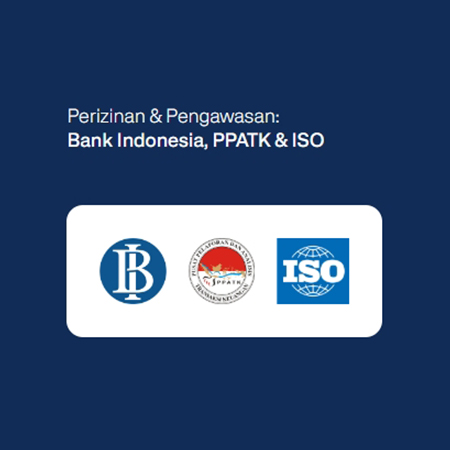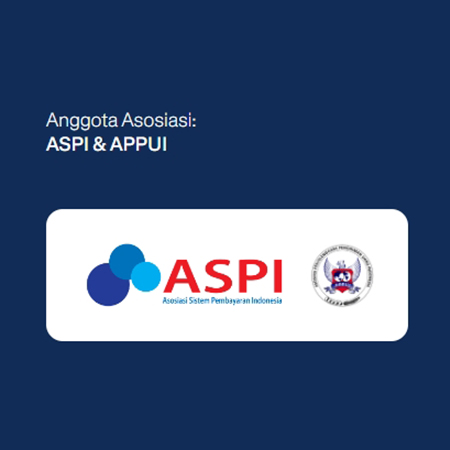
Have you ever heard or comprehended the definition of lead time? It is the interval between the start and end of the procedure. Lead time, for instance, in customer service, is the interval of time between a confirmed client order and a planned pick-up or delivery following the terms and conditions offered by your company. Therefore, it does not simply pertain to customer service. Want to know more specifics about it? Continue reading the following article to learn more.
Definition of Lead Time
Lead time, according to Investopedia, is the amount of time that passes between the start of a process and its completion. This is frequently referred to as waiting time. A common metric or assessment of process performance is waiting time. Manufacturing, supply chain management, and project management are the typical sectors that employ them.
While in general, lead time refers to the amount of time needed or scheduled to complete a task or process. The phrase is frequently used in manufacturing, project management, and supply chain management.
Companies should evaluate their processing times against benchmarks to seek strategies to improve this because longer lead times sometimes contribute to inefficiency and resource waste. Overall production is increased by cutting it.
This term is generally used in companies engaged in manufacturing or services. Every business needs to pay attention to this, but it will be different in each area, depending on the area of operation of the business. Furthermore, little information if it is high will result in high inventory and can also affect customer satisfaction or buyers who will eventually look for other alternative products.

Types of Lead Time
There are various other sorts of lead times, but for our purposes in a manufacturing or assembly setting, we will focus on the four primary categories.
Customer lead time is the period between receiving an order confirmation and completing it. Either pick-up or delivery depending on the agreement with the customer. While the time it takes from the moment an order is confirmed to the time it is received by the supplier is known as the material lead time.
Another type is factory lead time. It is the length of time needed to construct and deliver the product, assuming all supplies are accessible. Last, cumulative lead time is the period required to order all ingredients from the time an order is confirmed until the product is delivered. It is happening if none were available at that moment. Furthermore, this is the total of the factory/production time and the material time.
See Video How To Easily Send Money International with Transfez
The Function of Lead Time
Lead time has several functions in the business. Most of the functions including the following points.
Sign of Customer Satisfaction
Lead time is a crucial element in determining customer satisfaction. Customers often want products or services as soon as possible with the least amount of work. The idea of this for factories and manufacturers is directly related to the amount of inventory present at various stages along the whole supply chain.
Not only are they more likely to be selected, but short waiting times are also one of the best ways to increase customer satisfaction. When you can ship orders quickly, buyers are certainly more satisfied. That satisfaction can make them loyal, even to the point of increasing your revenue in the future.
Send Money Easily to Different Countries
How to Send Money to Hong kong
How to Send Money to China
How to Send Money to Malaysia
How to Send Money to Japan
Indicator of Inventory
The supply chain will store inventory at some or all points if customer lead times are less crucial than material, production, or cumulative times. Variations and inconsistencies frequently make these issues worse since they increase the risk in the supply chain by increasing stock or inventory holdings.
The idea is directly related to the amount of inventory present at various locations along the whole supply chain in manufacturing organizations. The supply chain will store goods at various stages if the client receives less attention during this sort of period. Variation and inconsistency are what drive stock or inventory holdings to increase risk in the supply chain.
For Project Dependency
Project dependence is the next feature. In the field of project management, this is true. Your project may be a social media post, for instance. The project is in the concept creation, concept design, caption writing, quality control, and post-airing stages.
The post concept must be made before it is developed. Dependencies are designed to signify that. If the stage before it hasn’t been finished, no stage can be begun. Because of this, waiting time is crucial. When developing a notion quickly, design work may begin right away. Finally, posts are sent more quickly.
Strategy to Reduce Lead Time
Short lead times can benefit companies. Some tips to make this happen including in the following ways.
Choose a reliable supplier
Try evaluating your supplier’s services regularly. If there are parties who are often late in sending goods, try to find a replacement supplier. This method has proven to be good for the company as a whole
Download Transfez App
Transfez App can help you transfer money abroad more quickly and efficiently. Transfez Business can also help your business in making transactions abroad. For those of you who want to send money to relatives who are abroad because they are studying, working, or traveling, Transfez will be ready to help. This app is available on Android as well as iOS.
Choose a supplier close to you
One component of lead time is the duration of delivery. Therefore, if you want to reduce the waiting time, choose a close supplier. Of course, you can’t be picky. Keep in mind the quality of your raw materials. If you need to ship raw materials from far away, consider a faster shipping method.









